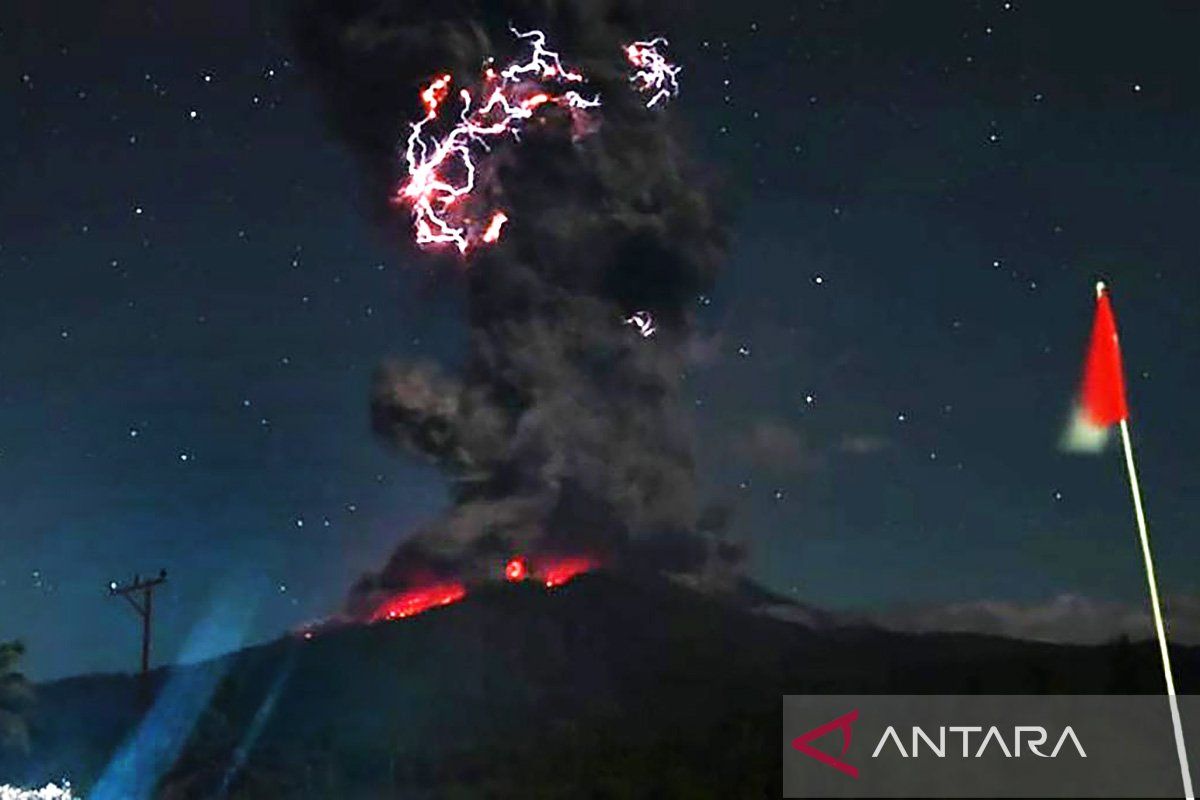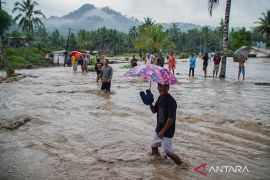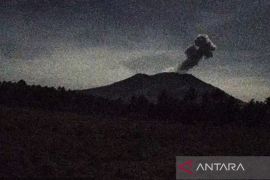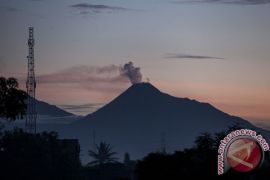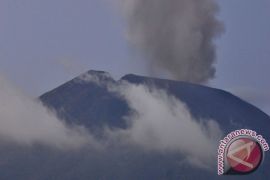Head of the PVMBG, Hadi Wijaya, on Saturday said that Mount Lewotobi Laki-laki’s eruption pattern has changed.
As per monitoring results, previously, eruptions occurred on the volcanic mountain approximately four hours after signs of seismic activity were detected. However, now, that time has shortened to two hours.
“This condition indicates a rapid increase in magma supply to the surface. Therefore, we have asked local governments to increase preparedness and continue to closely monitor the volcano’s activity,” he said.
He then warned that potential hazards include the spread of volcanic ash to densely populated areas, the ejection of incandescent material up to a four-kilometer radius, and cold lava floods, which are likely during rain on the mountain’s slopes.
The PVMBG recorded a lava flood on July 29, 2025, which affected several infrastructures and disrupted the activities of residents living near the foot of the mountain.
The areas most at risk of exposure to volcanic material include the southwest to northeast sectors of Mount Lewotobi, particularly Boru village and its surroundings, which are included in the disaster-prone zone.
Since early 2024, Mount Lewotobi Laki-laki has been put on alert six times.
According to Wijaya, the 1,584-meter-high volcano tends to erupt explosively and has potential for magmatic eruptions that produce lava and pyroclastic flows.
The eruption on Friday night was considered one of the largest this year, with the height of the ash column reaching 18 kilometers from the crater. It was followed by another eruption early on Saturday morning, with the ash column reaching 10 kilometers.
Related news: Flights canceled at Kupang airport after Lewotobi eruption
Related news: Lewotobi eruption disrupts domestic flights at Ngurah Rai
Translator: M. Riezko Bima, Resinta Sulistiyandari
Editor: Azis Kurmala
Copyright © ANTARA 2025
